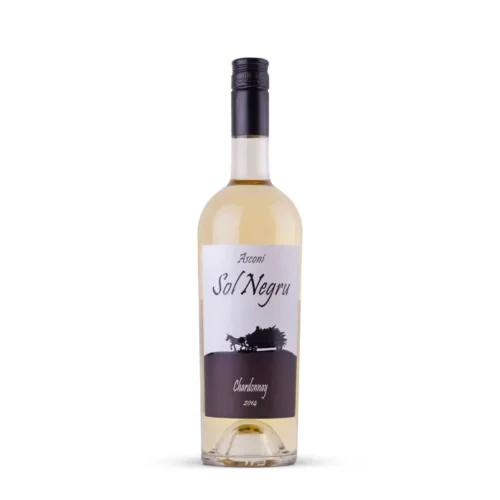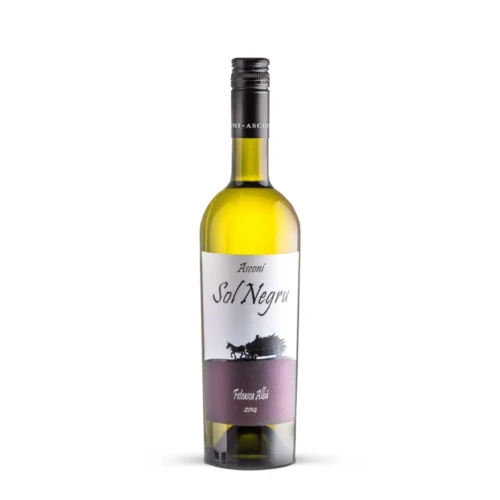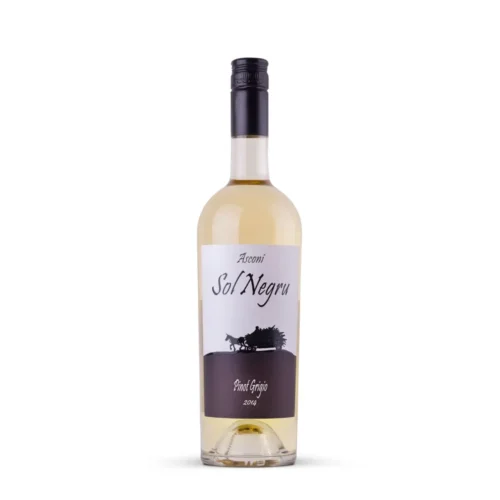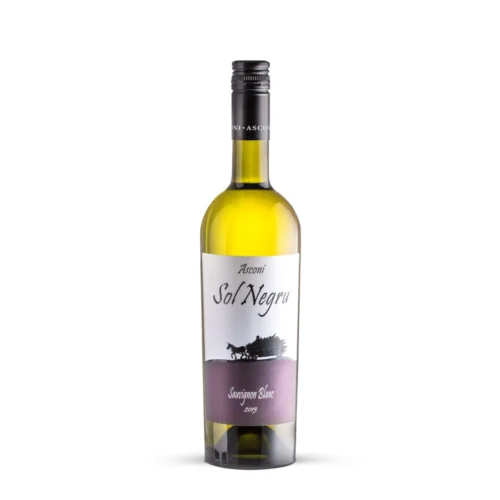Dry White Wines
Dry White Wine to Buy Online in Australia
It has never been easier to buy dry white wine online in Australia. Enjoy the convenience of browsing our exclusive selection from the comfort of your home, with Australia-wide shipping available.
We offer free shipping on all orders over $100. Delivery times are efficient, ensuring your order arrives promptly: expect a range of 1-3 business days for Melbourne and surrounding areas and 3-7 business days for deliveries to regional areas.
We offer same-day shipping for orders placed by 12 p.m. Payment is easy and secure: We accept Visa, MasterCard, PayPal, and bank transfers, so you can enjoy your favourite rosé wines without any hassle.
What is a Dry White Wine?
A dry white wine has very little sugar, so it is not sweet. During fermentation, the yeast eats almost all of the grape sugar, creating a dry flavour. This process affects the flavour, body, and acidity of the wine. Common dry white wines include Sauvignon Blanc, Pinot Grigio, and Chardonnay. These wines are known for showcasing the natural flavours of the grape, with flavours ranging from zesty citrus to subtle minerals. Their dryness pairs well with many dishes, adding a crisp and clean touch to meals.
Dry White Wine Making Process
Fermentation
The fermentation process determines how dry a white wine will be. During fermentation, yeast is added to the crushed grape juice. The yeast eats the natural sugars in the grapes and converts them into alcohol and carbon dioxide. The more sugar the yeast eats, the drier the wine becomes. For a wine to be dry, the yeast must eat almost all of the sugar and leave very little behind. This makes the wine taste crisp and clean with minimal sweetness.
Role of Yeast and Sugar Conversion
Yeast is critical to converting sugar into dry white wine. Different yeast strains work at different levels of efficiency. Some can ferment almost all grape sugars. Factors such as temperature, nutrients, and initial sugar content affect yeast activity. Winemakers select specific yeast strains and control conditions to achieve the desired dryness and flavour in the wine.
Influence of Grape Variety and Climate
Grape variety and climate are key to determining how dry a white wine will be. Grapes like Chardonnay, Sauvignon Blanc and Pinot Grigio are good at making dry wines because of their natural sugar and acid balance. Cooler climates produce grapes with less sugar and more acid, resulting in crisper, drier wines. Warmer climates produce grapes with more sugar, which require careful fermentation to make them dry. Together, the grape variety, soil, and climate determine how dry a white wine will be.
Dry White Wine Varieties
Chardonnay is perhaps the most famous dry white wine, originating in the Burgundy region of France. It is celebrated for its versatility, with flavours ranging from green apple and citrus in cooler climates to tropical fruit and vanilla in warmer regions. Oaked or unoaked, Chardonnay offers something for every palate.
Native to the Loire Valley and Bordeaux in France, Sauvignon Blanc is known for its high acidity and zesty flavours. Notes of lime, green apple, and passion fruit often dominate, with New Zealand Sauvignon Blancs showing particularly vibrant profiles. This wine pairs beautifully with fresh salads, goat cheeses, and light seafood dishes.
Pinot Grigio, also known as Pinot Gris, is a staple of Italian wine culture. It is known for its light, crisp character and subtle fruitiness, with flavours of pear, green apple, and lemon. This wine is perfect for casual sipping and pairs well with light appetisers and seafood.
Although often associated with sweet wines, Riesling also comes in drier styles, particularly from regions such as Alsace in France and parts of Germany. Dry Riesling is known for its high acidity and flavours of green apple, lime, and sometimes a hint of gasoline. It pairs exceptionally well with spicy Asian dishes and rich, fatty foods.
Dry White Wine Pairing Ideas
Seafood
Dry white wines are a natural pairing with seafood. The acidity in wines like Sauvignon Blanc and Pinot Grigio complements the delicate flavours of fish and shellfish. Try a crisp Sauvignon Blanc with oysters or a light Pinot Grigio with grilled shrimp.
Poultry
Chardonnay is an excellent choice for poultry dishes. Its richer profile pairs well with roast chicken, turkey, and creamy sauces. An unoaked Chardonnay, with its fresh, fruity notes, also works well with lighter poultry preparations.
Vegetarian Meals
Vegetarian dishes, especially those featuring fresh vegetables, salads, and herbs, are great matches for dry white wines. A dry Riesling can cut through the richness of dishes with cheese or cream-based sauces. At the same time, a Sauvignon Blanc enhances the flavours of herbaceous and green vegetable dishes.
Dry White Wine Serving
To fully appreciate the flavours and aromas of dry white wine, it's important to serve it at the correct temperature. In general, dry white wines should be served chilled, between 45°F and 55°F (7°C to 13°C). Serving wine too cold can mute its flavours while serving it too warm can accentuate the alcohol and diminish its refreshing qualities.
Dry White Wine Storing
Proper storage is essential to maintaining the quality of dry white wine. Store your bottles in a cool, dark place at a consistent temperature, ideally between 45°F and 55°F (7°C to 13°C). Make sure the bottles are stored horizontally to keep the cork moist and prevent oxidation.
Dry White Wine FAQ
What is a dry white wine in Australia?
In Australia, dry white wines are made with great care to highlight the natural flavours of the grape varieties and the unique terroirs of the region. Popular dry white varieties produced in Australia include Chardonnay, Sauvignon Blanc and Pinot Grigio. Australian winemakers are known for their innovative techniques and commitment to producing high-quality wines that embody the essence of their vineyards. Whether you're exploring the crisp Chardonnays of the Margaret River or the zesty Sauvignon Blancs of the Adelaide Hills, Australia's dry white wines offer a diverse and exciting range of flavours.
Which is drier, Pinot Grigio or Sauvignon Blanc?
Both Pinot Grigio and Sauvignon Blanc are generally produced as dry wines, but Sauvignon Blanc is typically perceived as drier than Pinot Grigio. This is due to Sauvignon Blanc's higher acidity, which gives it a more pronounced crispness and a refreshing, zesty finish. Pinot Grigio, on the other hand, while still dry, tends to have a slightly fuller body and can be a bit softer on the palate.
Is Sauvignon Blanc a dry white wine?
Yes, Sauvignon Blanc is primarily produced as a dry white wine. Known for its high acidity and vibrant, zesty flavours, it offers notes of lime, green apple, and passion fruit, making it a refreshing and crisp choice. While there are some sweeter styles of Sauvignon Blanc, especially from regions like New Zealand, most are vinified to be dry.
Is Pinot Grigio dry?
Yes, Pinot Grigio is primarily produced as a dry white wine. This variety is celebrated for its light, crisp character and subtle fruitiness, with common flavour profiles including pear, green apple and lemon. While Pinot Grigio can be found in off-dry or slightly sweet versions, the dry style remains the most popular and widely produced, making it a versatile option for a variety of palates and food pairings.






